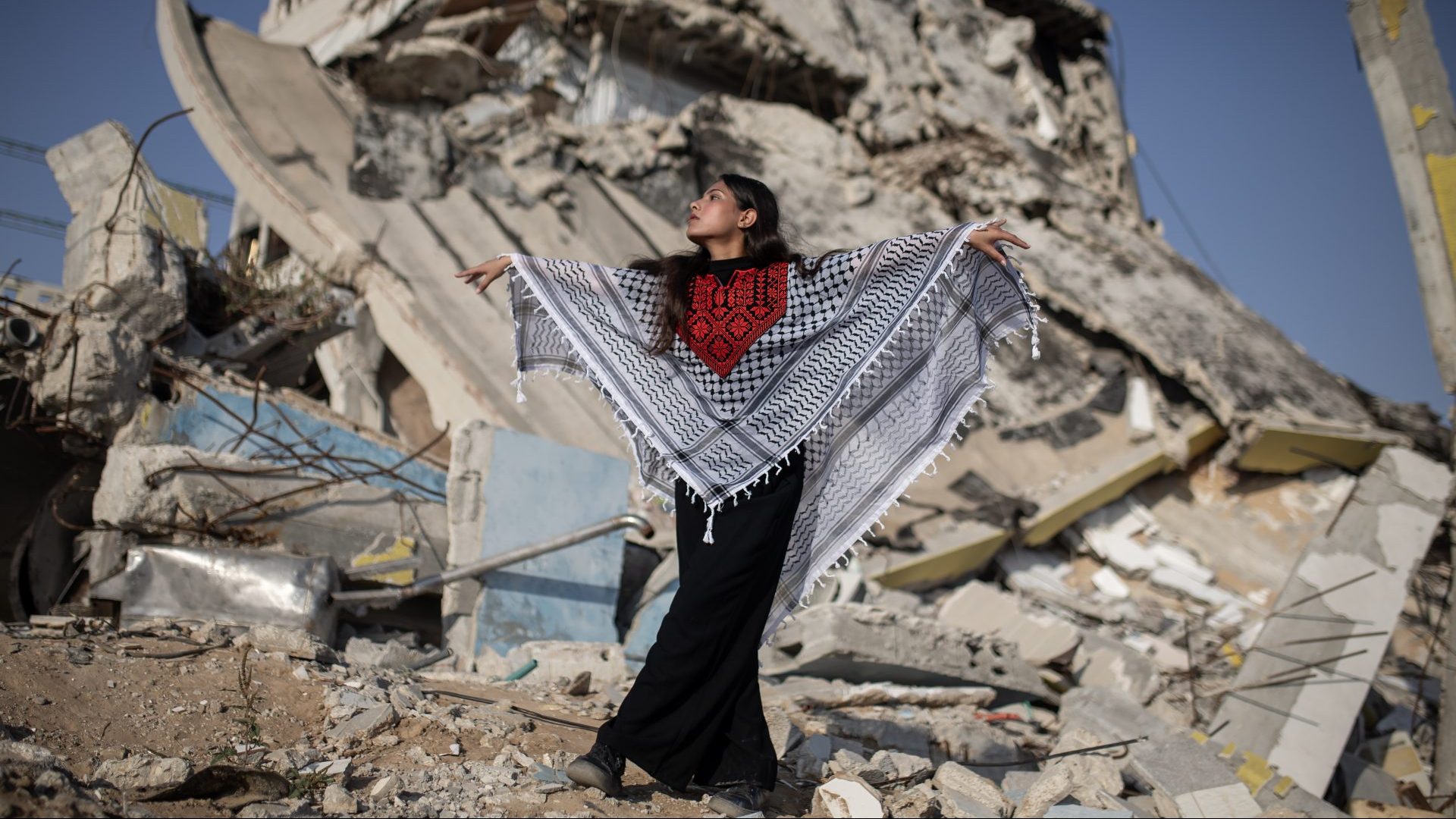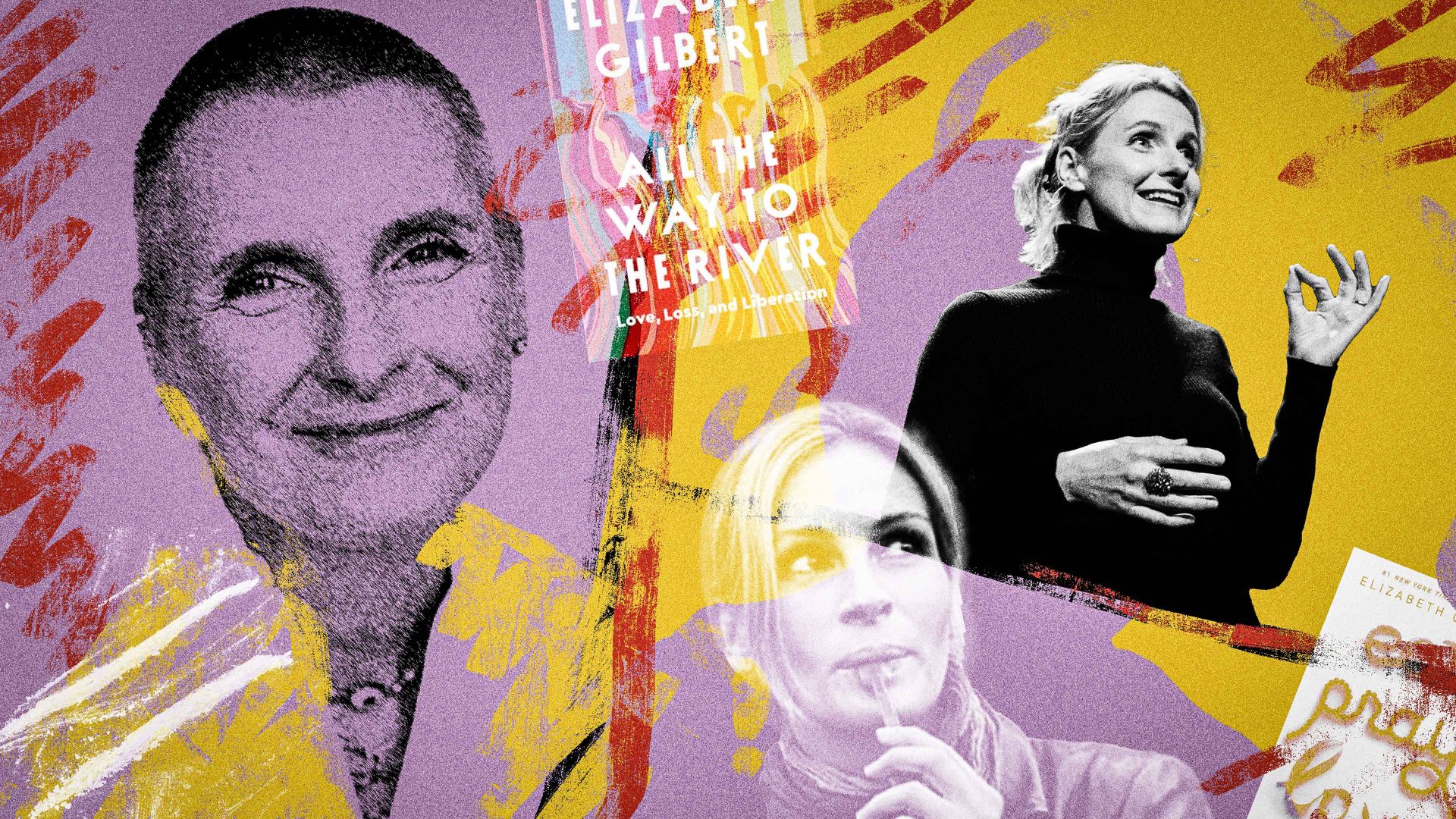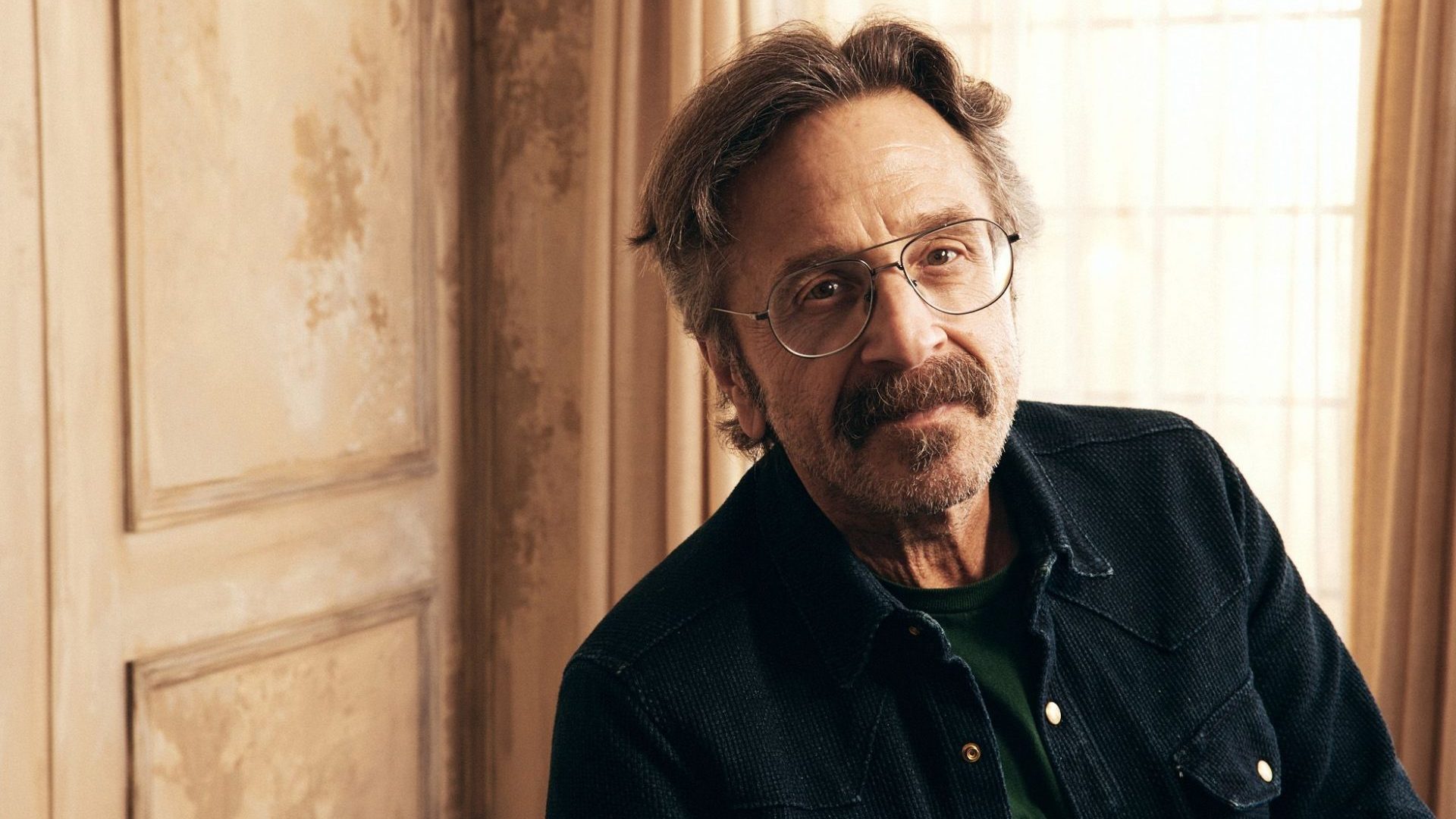It is an incongruous sight. A graceful figure dancing amid the ruins of Gaza, her arms outstretched, fingers pointed, a keffiyeh, the traditional Arab scarf, draped across her shoulders. Improbable maybe, but the dancer, 22-year-old Dima Karaz, is sending a message to the world which declares: the women of Gaza are strong, they are resilient and they are defiant.
Her bold pose features in the exhibition Against Erasure – Photographs from Gaza at the P21 Gallery in London, which features 10 photographers from that blighted land.
The images are taken by photojournalists who have been working in the midst of the conflict since it began, but this is not an exhibition of war photography. This is not an attempt to complement the terrible diet of destruction brought to us daily on TV; the rush of stretchers, the gasping bodies in hospital wards, the screams of terror and rage as buildings tumble around them.
There are no obvious political points made as the second anniversary of the Hamas attack on Israel approaches. Rather, it is about photography as art. As the gallery’s artistic director Yahya Zaloom says: “We aim to assert authorship and visibility for a generation of Palestinian talent whose stories deserve a global platform.
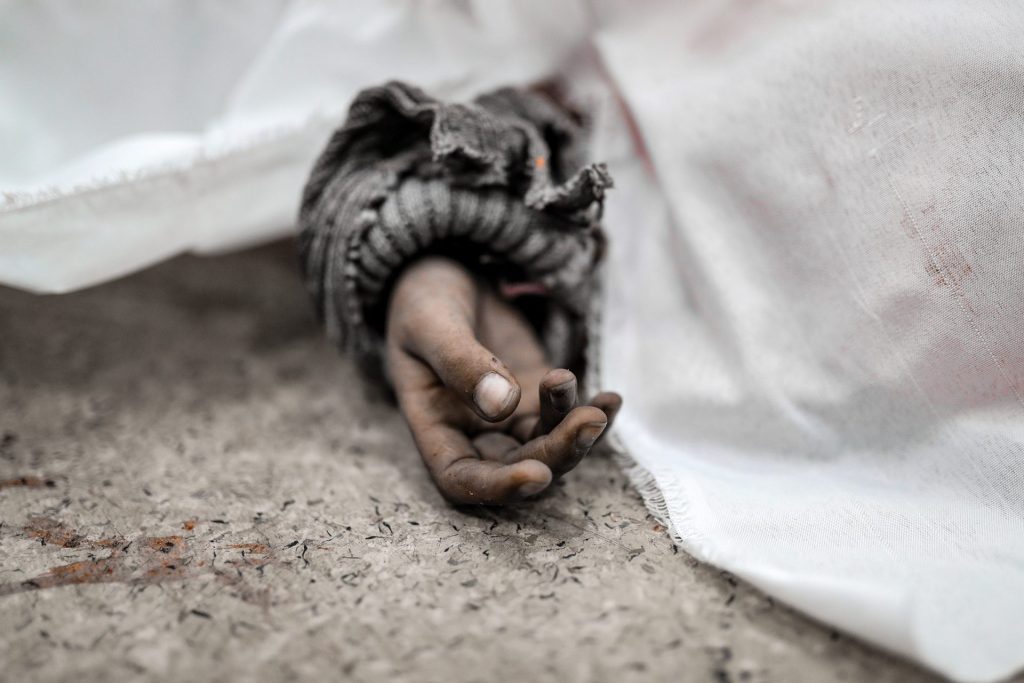
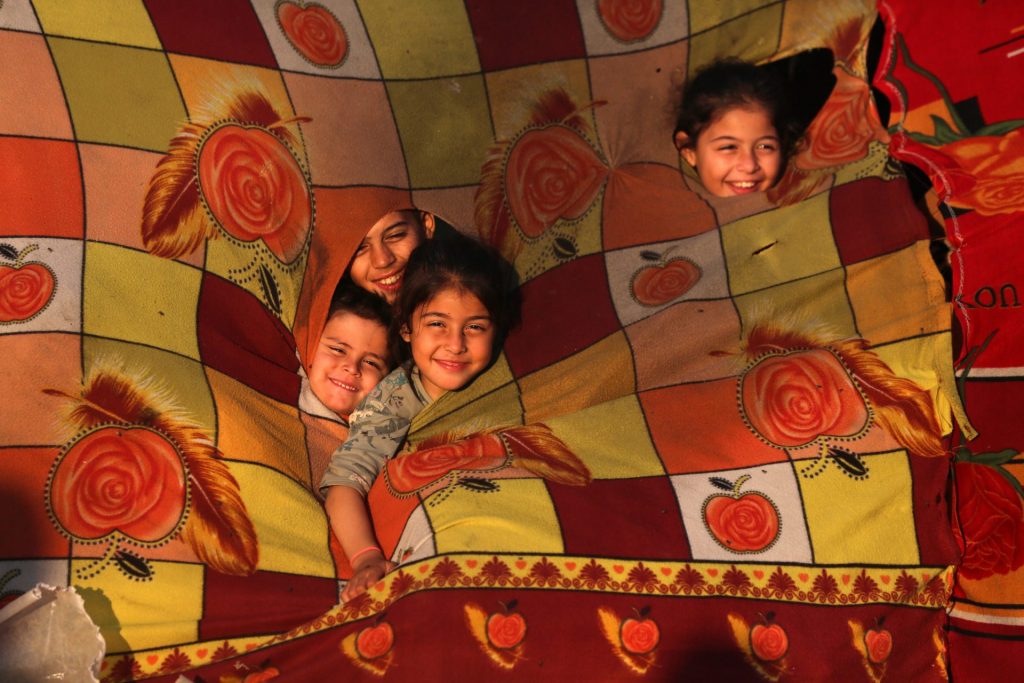
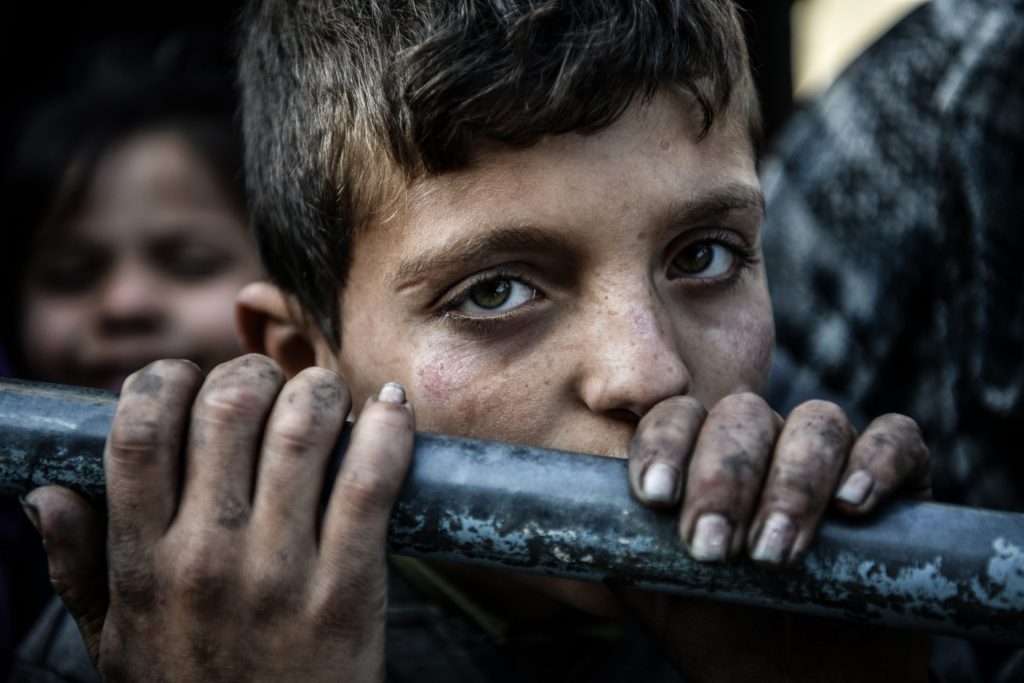
“When I look at these pictures, I see how one of them can say so much else about the ordeal taking place beyond the camera’s focus. I can see the layers in the image and can envisage the stories behind them.”
The painful authenticity of the work springs from the experiences of the 300 or so photographers who are covering the violence and who all have stories of being displaced from their homes and suffering the deaths of people they love.
When I contacted Jihad Al-Sharafi, the man who filmed dancing Dima, he was opposite the bombed Nasser Hospital in Khan Younis, where several of his fellow journalists were killed.
Among them was Maryam Abu Daqqa, one of the few female journalists in Gaza, who he has included in his essay Jafra… Portrait of Women in Gaza. Based on an ancient Palestinian poem, Jafra symbolises strong-minded women and Palestine itself. Al-Sharafi shows Daqqa, standing resolutely in ruins holding her helmet, camera over her shoulder, and says: “Maryam was an example of a determined and courageous woman. A true heroine in an unjust war.”
In his essay, Al Sharafi, 24, who was driven from his home with his family when their home was destroyed, includes a teacher doing her best with a huddle of pupils on the ground in a makeshift classroom made of ragged strips of tent. An 80-year-old grandmother sits cross-legged on a rug, perhaps thinking of her husband: displaced in 1948, he had refused to abandon his home during this conflict and was killed. Her eyes reflect years of pain.
If Al-Sharafi has concentrated on faces, Belal Khaled, who left Gaza with his family for Doha, Qatar, tells his story with hands. In one apocalyptic scene, a man raises his hands in despair, screaming for help. He is like a ghost half hidden in the yellow smoke and debris of a bomb attack. In another, the hand of a would-be rescuer holds the arm of a girl in an attempt to pull her from the rubble, while for another girl, whose pitifully grimy hand lies limply on a hospital floor, there is no hope.
Suggested Reading
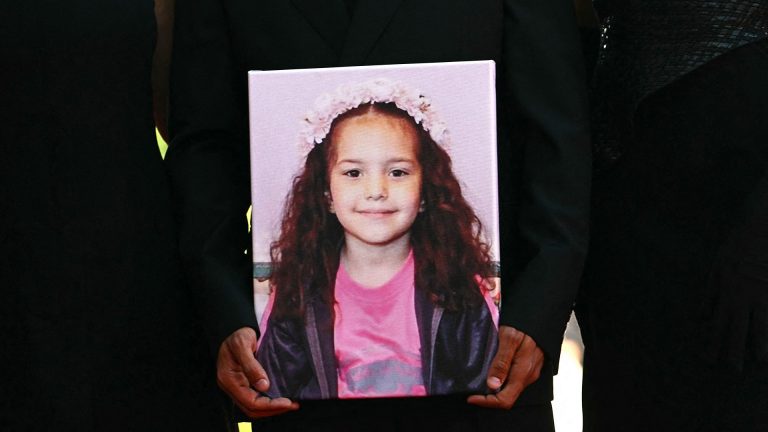
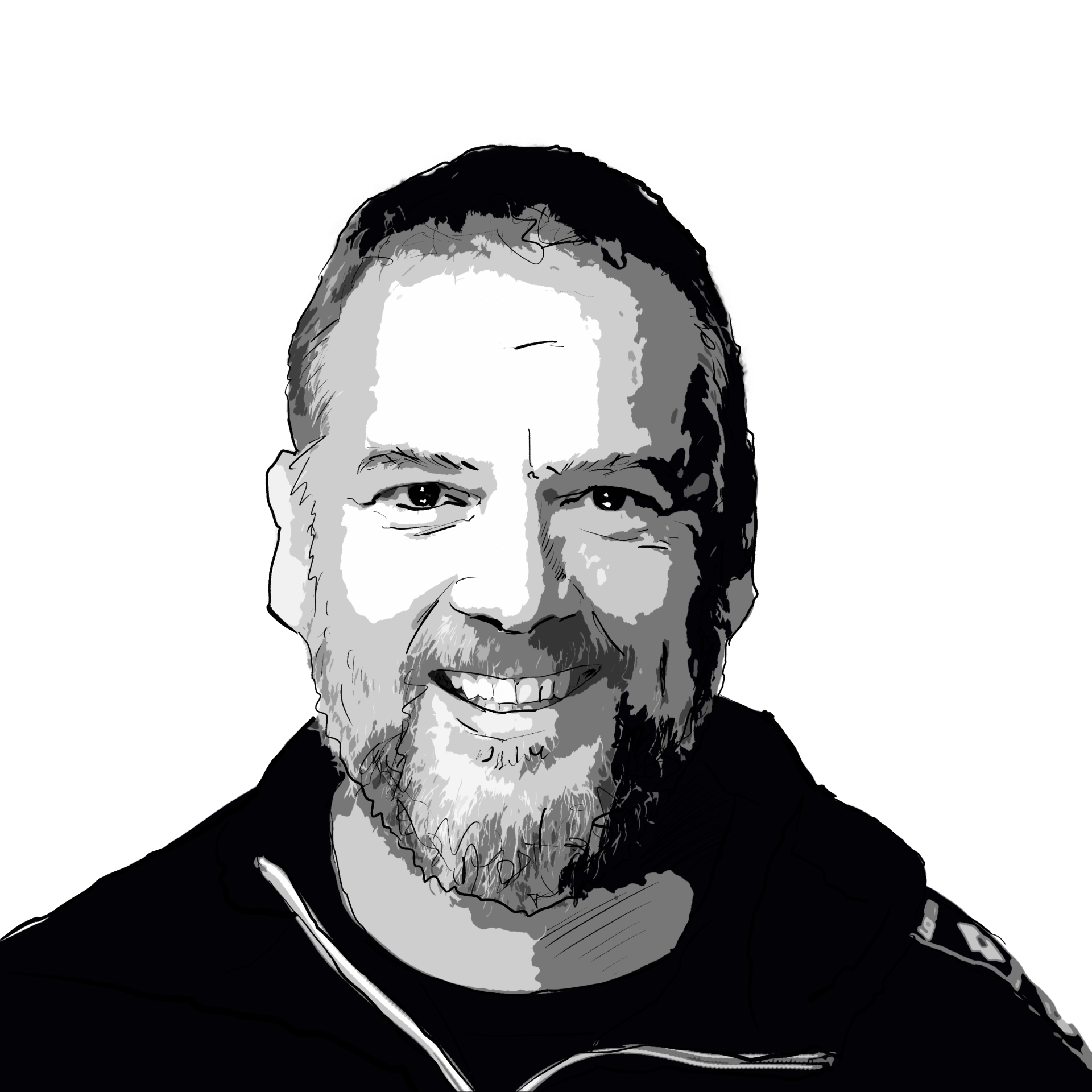
The Gazan child who spoke to the world
In Tales Narrated By Hands, Khaled tells of a father who left his house for a few minutes to buy his son biscuits. When he returned, an airstrike had destroyed his house, killing his wife and two of his sons. Khaled captured the father holding his son’s little foot to his forehead in absolute despair. When the body was placed in the shroud, he put the biscuits in with it.
Khaled met a girl in hospital who had lost one arm in an attack and suffered injuries to the other. She lies in bed with her stump raised, her face strangely calm, wryly complaining that she will no longer be able to comb her hair. By chance, Khaled saw the girl in Doha some time later and took a sequence of her dancing happily, in a spangly dress, the stump waved in uninhibited happiness, her hair combed.
Perhaps it is understandable that children have been taken as subjects. Mahmoud Hamda, sheltering from the upheaval and chaos around him long enough to send an email, explains why children play such an important part in his collection, Stories of the Lives of Displaced Peoples.
“Hope in children is born from their innocence and simplicity,” he says. “Their little games and spontaneous smiles become a language of resistance against everything that tries to steal their childhood.”
Two girls play what looks like a version of the children’s nursery rhyme Pat-a-Cake (Pat-a-Cake Baker’s Man) in front of what used to be their home. They are laughing; they seem to be having fun. So too with the girl who smiles brightly as she rolls flour to make bread. It is a sweetly optimistic scene and one well suited to Hamda, who previously specialised in food and lifestyle photography.
Majdi Fathi also seeks out that optimism with lads racing to the seaside and playing football in a centre for the displaced. One child laughs happily as he is being splashed from a bucket of water to wash in, and in a positively joyful scene, boys peer laughing out of the holes in a brightly decorated eiderdown. But he brings us back to a stern reality with the haunted eyes of a girl, clutching an empty bowl, pleading for food.
Abdulrahman Zaqout also concentrates on the eyes. “The photograph is our strongest weapon in the war,” he says, a war he fights with unsparing examples of desperate young people clutching their bowls to get food, a mother feeding her son by hand, another staring longingly at an empty bowl, all of them waiting, hoping, praying, for food and water. And all the time there is death.
None of the exhibitors confront the horror of conflict quite as uncompromisingly as Fatima Shbair in her collection, The Back Door… Tearing Eyes and Weeping Voices, which she spent several months filming. The series opens with a crowd of men who have gathered at a hospital gate to find news of their loved ones after bombing attacks.
If they are told to go to the back door, they know they are dead. Shbair records families gathered around their dead relatives; she shows the faces of those killed as they lie in their blood-streaked shrouds waiting to be identified. A boy prostrates himself on the flowery blanket covering a relative, women weep, fathers and sons mourn.
Nothing could have prepared her for the day she learned that her father’s body lay at the back door. She writes: “This door is part of my struggle, as the smell of blood does not leave me. What you see in the pictures is what I see every day in my dreams, as their voices resonate in my ears and their scenes materialise before my eyes.”
Against Erasure: Photographs from Gaza is at the P21 Gallery in Somers Town, London, until October 10


